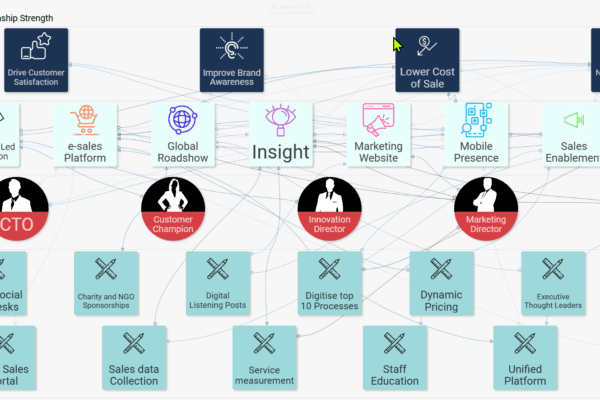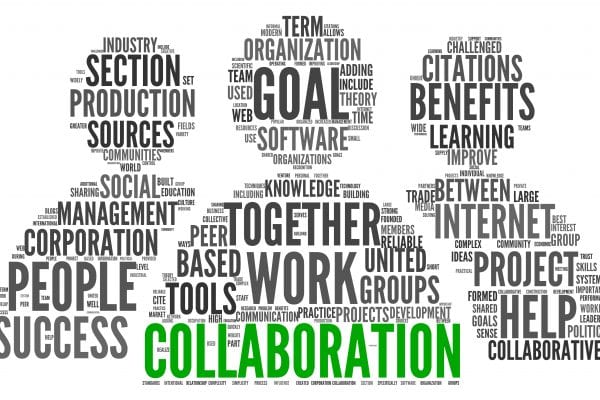Stage 8 Exit Strategy
Well you have now reached the final stage of ISO 44001 – Stage 8 the exit strategy.
Although this is the last stage you will have needed to start considering your joint exit strategy during the strategic phase.
Do you have this in place currently? Most people don’t and it usually considered as an afterthought when you do have to disengage.
As we know everything has a “shelf life” which will expire!
What is the Exit Strategy?
Firstly, this is not the same as contractual termination. As I mentioned earlier developing your exit strategy at the beginning will help you to develop your collaboration approach, objectives and the Key Performance Indicators, which in turns helps to define the criteria for engagement.
The exit strategy also helps to clearly define what information and knowledge can be shared that facilitates trust between you and your partner. Importantly, it also supports a respectful and efficient disengagement when it is time to separate.

ISO 44001 Exit Strategy
Here are the several steps you need to consider when developing your exit strategy.
- Joint exit strategy: Putting in place and maintaining the exit strategy is a joint effort. This is simply focusing on the concerns and issues with the objective of being able to continue a “relationship” after the formal relationship has ended.
- Exit strategy analysis: As with any business venture and project defining the scope and boundaries of the relationship clearly is key. This facilitates a constructive review of what he impacts will be to all parties involved. Clearly, it is in the best interest for everyone to progress once he relationship has ceased.
- Evaluating changes: Typically the relationship will end due to changes, such as markets, M&A, business environment, personnel and overall performance. You and the joint management team need to periodically review any changes and decide the course of action, if any.
- Initiating the process: If after the review you decide that you need to disengage this needs to be done in a controlled way following an agreed process with clear roles and responsibilities.
- Business continuity and transition: Exits from a relationship can be initiated
for different reasons as discussed and at different rates. What is important is you consider what needs to be done to ensure here is business continuity for both parties as you transition out of he relationship. - Future opportunities: There is a lesson I learnt very early on when working in my dads business, which was never to “burn your bridges”. Your exit strategy needs to try and ensure that he door is always left open for any future opportunities that would be mutually beneficial.
- Relationship management plan: As you will know by now, you need to capture any issues and changes to your exit strategy, update your RMP and maintain as necessary.
How to start implementing ISO 44001
Well that’s the 8 stages covered. I hope by now you understand ISO 44001 and how it can help you develop collaborative and profitable business relationships with your partners and other organisations.
An important point to remember is that it is a framework, which allows it to be applied to any size of organisation and utilise existing processes and procedures that you have already.
More importantly, I hope it will help you and your colleagues to think and behave differently by identifying your personal collaborative strength and weaknesses.
This is by far more important as you will have come to realise, the success of your collaboration approach and using ISO 44001 collaboration framework is highly dependant on people.
As it should be, don’t you think?
Following on from these stages is the Relationship Management Plan, which integrates these 8 stages together into a tool that you can easily use.
To discover how you can start your ISO 44001 implementation successfully claim your “Complimentary ISO 44001 Collaboration Discovery Call” today.
Choose the event below, select a time and date, leaves your details and click DONE.
ISO 44001 Collaboration Stages
Now that you have come to the last stage where you have identified the potential “exit triggers” you can check back on ISO 44001 Stage 7 Working together, to make sure you are doing everything to keep the relationship positive and mutually profitable for all involved.
Remember that as you works through each stage you need to create and update your collaboration Relationship Management Plan.



